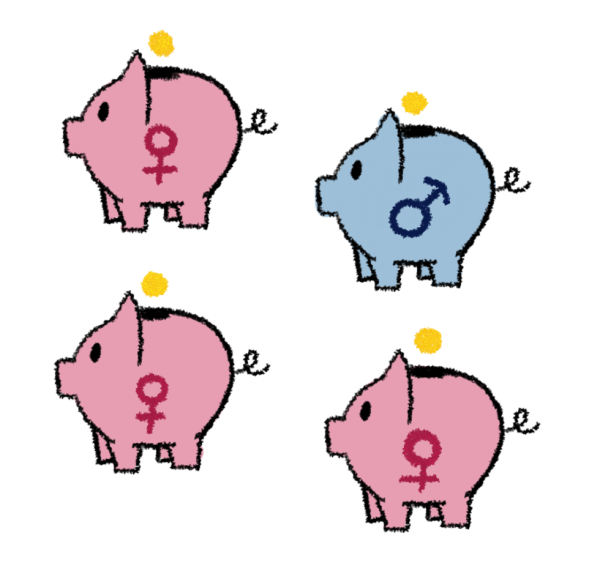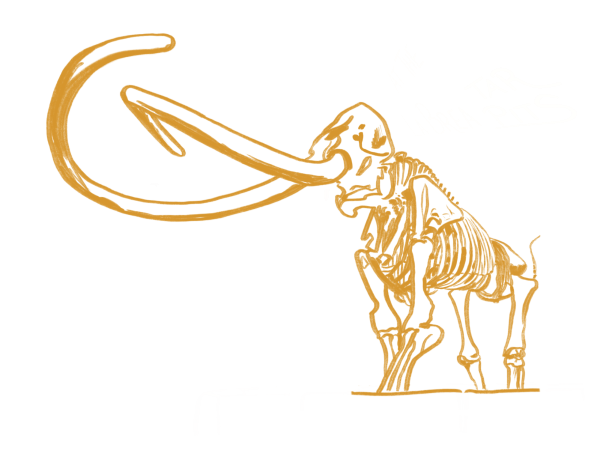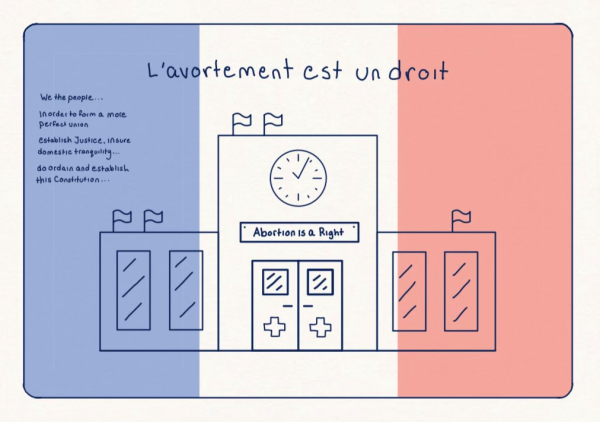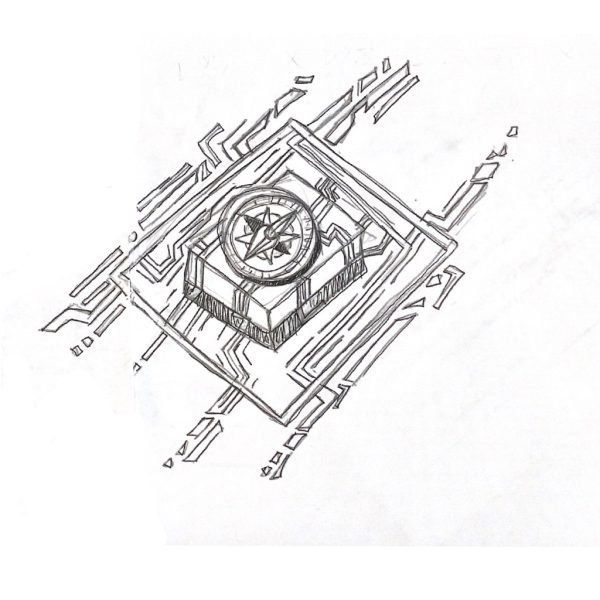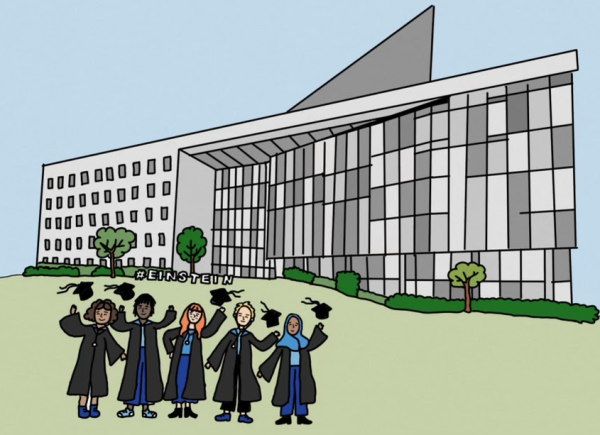The Expansion of STEM at CHS Allows Students to Gain Experience
The essential factors that have helped the U.S. and many other countries to flourish are advancements in science, technology, engineering, and mathematics (STEM). By getting an education in these subjects, students are being prepared to enter a job market that is driven by these fields. California holds over 13% of the nation’s overall STEM-related jobs, and is regarded as one of the leading innovation-driven economies in the U.S. Yet a recent study shows that California schools are one of the five lowest-performing schools in the mathematics and science departments in the nation. In addition, women and people of color currently make up the under-represented groups in those areas.
“In order for students to be competitive in the highly technical workforce of today, they must be prepared in STEM subjects,” Special Assignment-Secondary Mathematics & Science Standards Implementation coordinator Dr. June Hilton said. “Early exposure to these fields is critical, and it is our job to find ways to engage students at a young age in science, technology, engineering, and math.”
The major crisis surrounding STEM subjects is that many students do not believe that they have the ability to master the subjects. As a result, fewer and fewer high school graduates are choosing to major in STEM-related careers throughout the U.S. This is a crisis, as there are more STEM-related jobs opening up than there are applicants to fill them. It is unknown why this is, but there are steps being taken to remedy this issue.
Currently, CHS test scores in STEM areas, such as those in AP and IB, are both at and above the nationwide and worldwide standards, though the need to encourage students’ interest in STEM subjects still stands. Within CUSD, a Next Generation Science Standards (NGSS) Professional Development Planning Committee has been put into place. The committee consists of teachers and administrators in grades K-12 and is meant to determine the types of professional development that would best help teachers implement the NGSS. The NGSS is viewed as a new way to help students become actively involved within their STEM classes. Furthermore, several math teachers will be attending a four-day summer institute at the UCLA Curtis Center in order to gain new insights, experiments, and ideas for classroom activites. In addition, students at CHS already have a variety of activities and opportunities available to stimulate interest in STEM areas. Some of these activities include the Math and Science Olympiads, the Claremont Robotics Competition, and Math Field Day. These activities are meant to introduce students to STEM subjects in exciting and engaging ways.
The current challenge facing STEM departments is to find ways to encourage students to be more stimulated in their STEM classes. Teachers in K-12 are planning on receiving further educational development in both the NGSS as well as in teaching strategies to promote critical thinking. Course outlines are also constantly being revised in order to foster interest in STEM subjects in students. These changes are hoped to not only solve the STEM crisis, but to also encourage more interest and enthusiasm in these subjects in the long run.
Hello there! Our goal is to provide relavent, engaging journalism for readers of all ages. Your donation will support the student journalists of the Wolfpacket at Claremont High School, and will allow us to purchase equipment, print our monthly issues, and enter in journalism competitions. We appreciate your consideration!

Isabella Cisneros is a senior at Claremont High School and has been on the Wolfpacket for four years, currently holding the position of both Online Manager...






